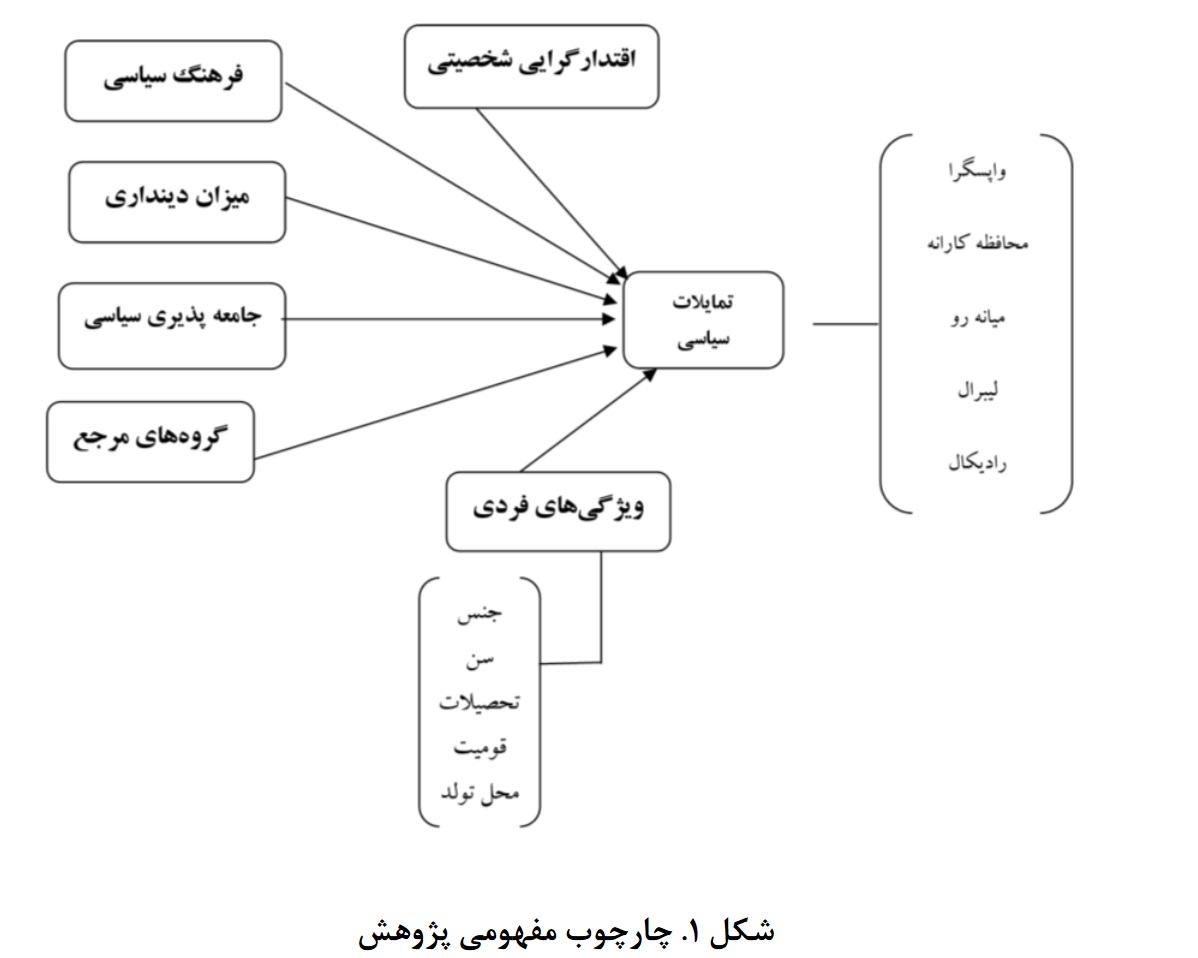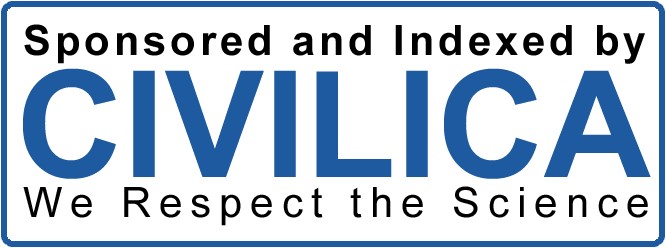Typology of Political Tendencies and Social Factors Affecting Them (Case Study of Pakdasht City Citizens)
Keywords:
Political Tendencies, Political Typology, PakdashtAbstract
Political tendencies can be defined as the inner readiness of individuals to perform a specific action in the face of a political phenomenon. In accordance with this definition, it should be said that political tendencies were not a one-dimensional concept. And it encompasses a wide set of variables. This study seeks to address this issue by considering the descriptive-analytical research method and survey strategy, to collect data from the citizens of Pakdasht city. The study sample is 400 citizens of Pakdasht city. The results of this study helped to identify five types of CIA tendencies The citizens of the city of Pakdasht. citizens of Pakdasht city. The results of this study led to the identification of five types of political tendencies of the citizens of Pakdasht city. That includes radicals, liberals, moderates, conservatives, retrogressors. Among them, there is a stable relationship between personal authoritarianism, political culture, political socialization, reference groups, socio-economic status, and individual characteristics.
Downloads








